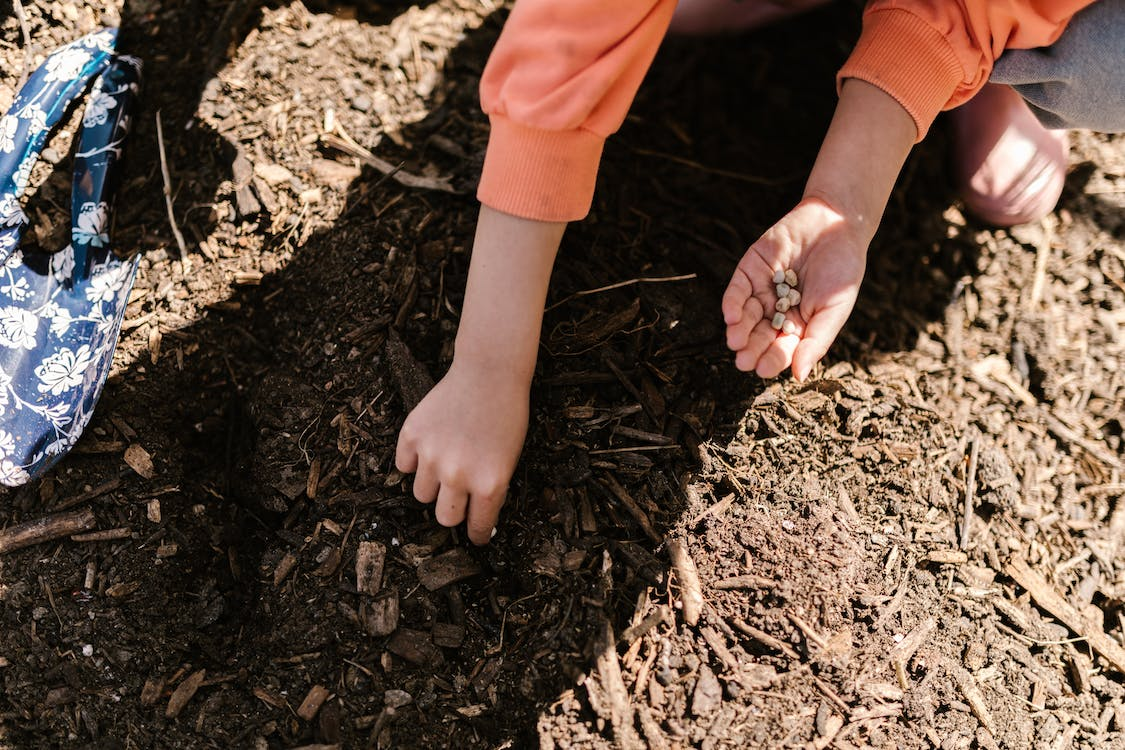Survival gardening is an essential part of emergency preparedness, and having the right tools can make all the difference when it comes to maintaining a successful garden. Whether you're a seasoned gardener or just starting out, it's important to have the right tools on hand to help you cultivate and care for your plants.
In this post, we'll take a look at the best tools for survival gardening, including what to look for when choosing tools and how to use them effectively. Check out our selection of unique Tools & Soil Amendments that will make your gardening experience better!
Shovels and Spades
One of the most important tools for survival gardening is a good quality shovel, spade or essential gardening conveniences that save time and energy. These tools are essential for digging and turning soil, which is necessary for preparing garden beds and planting crops. When choosing a shovel or spade, look for one with a sturdy handle and a strong, durable blade. A long-handled shovel is ideal for digging deep holes or trenches, while a short-handled spade is better for working in tight spaces.
Hand-Held Dial Seed Dispenser
The Dial Seed Dispenser is a device specifically designed for planting vegetable seeds. By rotating the lid to the desired sized hole, you can control the number of seeds dispensed. This seed dispenser is equipped with five different sized seed outlets to cater to varying seed sizes. It can save time and minimize frustration during the process of planting vegetable seeds. However, it's not suitable for planting small herb seeds or those smaller than lettuce, which are better suited for sowing with seed tweezers.
Spade Hoes
Another essential tool for survival gardening is a hoe. Hoes are used for removing weeds and breaking up soil, and they come in a variety of shapes and sizes. A standard hoe has a flat blade that is used for chopping and digging, while a scuffle hoe has a loop-shaped blade that is pushed and pulled through the soil to cut weeds at the root. A collinear hoe has a long, narrow blade that is ideal for working in tight spaces or between rows of plants.

Trowels and Hand Cultivators
Trowels and hand cultivators are smaller tools that are used for working in small spaces or for delicate tasks such as transplanting seedlings. A trowel has a small, flat blade that is ideal for digging small holes or scooping soil, while a hand cultivator has several small tines that are used for breaking up soil and removing weeds. Look for trowels and hand cultivators with comfortable handles that are easy to grip, and make sure the blades are made from durable materials that can withstand heavy use.
Solar Powered Ultrasonic Pest Repeller
Protecting your garden from pests can be a challenge, but the Solar Powered Ultrasonic Pest Repeller offers a simple and effective solution. This device lights up red and emits sound waves that help to deter dogs, cats, rodents, deer, squirrels, raccoons and other unwanted animals from your garden. One of the best features of this repellent is that it is solar-powered, meaning no batteries are required. It charges during the day and has enough power to run throughout the night.
Pruners and Shears
Pruners and shears are essential for cutting back overgrown plants, pruning branches, and harvesting crops. Look for pruners and shears with sharp blades that can easily cut through thick stems and branches, and make sure the handles are comfortable to hold. Bypass pruners are ideal for cutting soft, green growth, while anvil pruners are better for cutting through woody stems and branches.
Gloves
Finally, it's important to have a good pair of gloves when working in the garden. Gloves protect your hands from cuts, blisters, and other injuries, and they can also help prevent the spread of disease between plants. Look for gloves that are made from durable materials, such as leather or thick rubber, and make sure they fit well and are comfortable to wear.

Using Your Tools Effectively
Once you have the right tools for your survival garden, it's important to use them effectively to ensure the success of your crops. Here are a few tips for using your tools effectively:
- Keep your tools clean and well-maintained to prevent rust and other damage.
- Use a sharpening stone to keep your blades sharp and easy to use.
- Keep your tools organized and easily accessible to save time and prevent frustration.
- Use the right tool for the job to prevent damage to your plants or injury to yourself.
- Take breaks frequently to prevent fatigue and stay energized while working.
Having the right tools for survival gardening can make all the difference when it comes to growing a successful garden. From shovels and spades to hoes and pruners, each tool has a specific purpose and can help you cultivate and care for your plants more efficiently. When choosing tools, look for quality materials and comfortable
Next Steps
Consider adopting a survival garden for the security of your food source for years to come. You could quickly improve your own health and that of your garden simultaneously. Ready to take the next steps? Get everything you need to help your survival garden flourish, from survival seeds to bat houses and tools.











